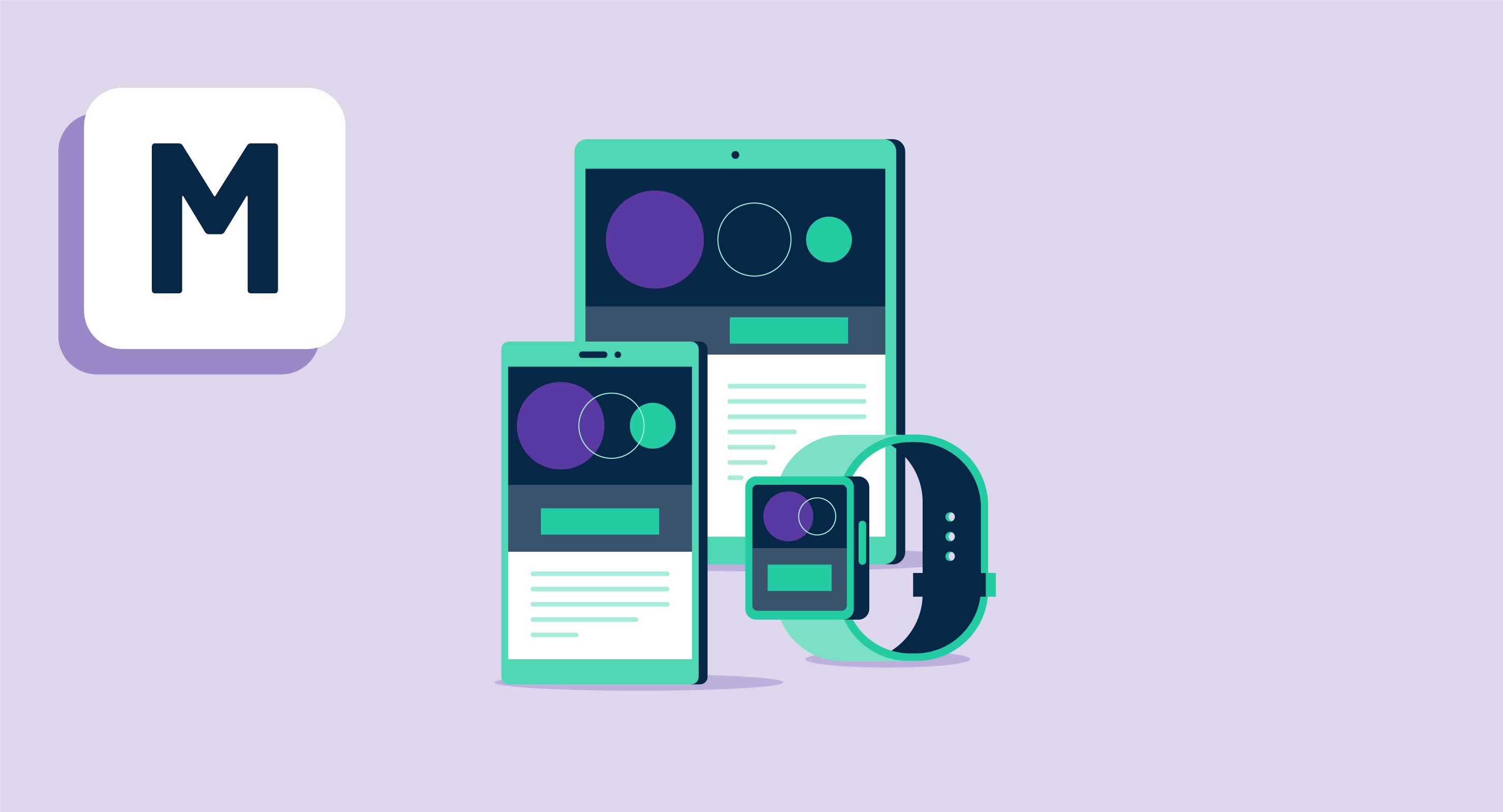What is a mobile app?
A mobile app, or mobile application, is a software application developed specifically to run on small, wireless devices such as smartphones, tablets, and smartwatches, rather than on desktops or laptops. Mobile apps are built and updated based on the current and future limitations of each mobile device. However, they can also have special and unique functions. For example, an app can allow users to scan a QR code with their mobile phone camera.
Mobile apps were initially intended to offer productivity support; retrieving contacts, scheduling emails, managing calendars. Their widespread appeal encouraged app publishers to create apps for a wide range of categories, including games, entertainment, social networks, and news. Fortunately, app development is made easier with the help of mobile development software.
Android and iOS (Apple) are the most popular mobile operating systems. Users download free and paid apps via the Google Play Store and the Apple App Store.
Paid apps must be paid for before users can download them from the app store. The profit from such apps is split between the publishers and the app store. On the contrary, free apps can be downloaded for free. The app creator uses app monetization strategies like in-app ads or in-app purchases to generate revenue.
Types of mobile apps
Based on the coding technology, mobile apps can be divided into native, web, and hybrid. Deciding what type of app to develop can depend on several factors, including the app’s nature, development cost and time, target audience, and business goals.
1. Native apps
A native app is a mobile app developed for a specific operating system and can only be installed on that operating system. This means that an iOS app can't be installed on an Android smartphone. When referring to mobile apps, they’re generally native mobile apps.
Benefits of a native app
- Works faster and offers a better user experience
- Accesses the software and hardware features of the installed device more effectively
- Sends out push notifications
- Works offline in most cases
2. Web apps
A web application is an internet-enabled application that runs through a web browser and is developed for multiple devices, regardless of the operating system. Web apps are also known as web-fronted apps or web-based apps. However, a web application is not the same as a mobile website.
Benefits of a web app
- Inexpensive to develop
- Easy to maintain
- Doesn't need to be downloaded, can be accessed via URLs
- Compatible across a wide range of devices
3. Hybrid apps
Hybrid apps combine the best of native and web apps. These are web applications placed inside a native container and, unlike web applications, can be downloaded and installed on a device. Hybrid apps are also specially designed for a mobile operating system and can access device capabilities just like a native app.
Benefits of a hybrid app
- Offers a native experience with a simple backend
- Can be accessed offline, unlike web apps
- Integrates well with other applications
- Requires minimal development and is cost-effective and easy to maintain
Mobile apps best practices
A mobile app must be designed and developed to be as intuitive as possible. With more than a million other apps available, users have a sensitive tolerance level. If an app fails to meet user requirements and expectations, they will be quick to uninstall it.
Here are some mobile app development best practices to follow to build impactful apps.
- Make the app clutter-free
- Build for easy one-handed operation
- Offer a personalized onboarding experience
- Use mobile development frameworks
- Introduce complex features gradually
- Prioritize security
- Listen to user feedback and update the app accordingly
- Roll out regular updates
- Limit the need for user input
- Break down user actions
- Use ubiquitous UI elements to reduce cognitive load

Amal Joby
Amal is a Research Analyst at G2 researching the cybersecurity, blockchain, and machine learning space. He's fascinated by the human mind and hopes to decipher it in its entirety one day. In his free time, you can find him reading books, obsessing over sci-fi movies, or fighting the urge to have a slice of pizza.

